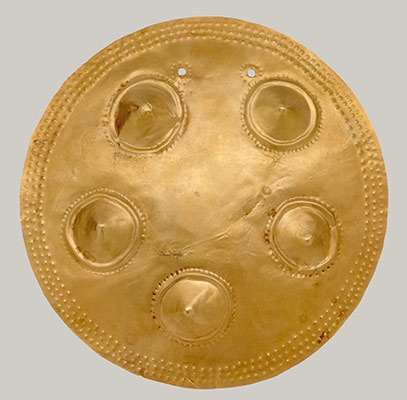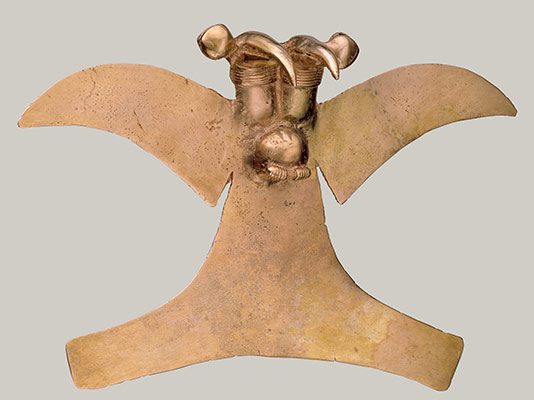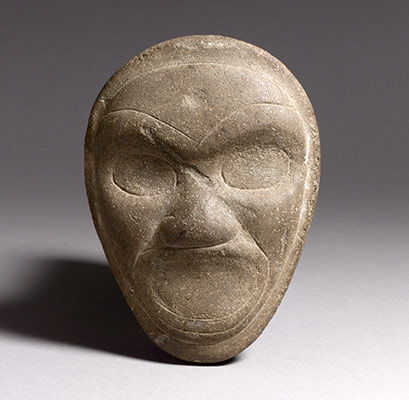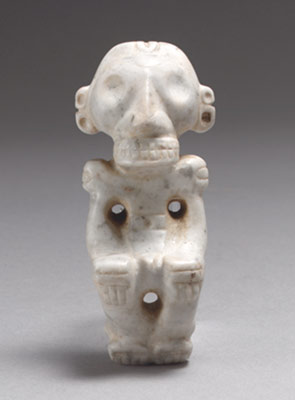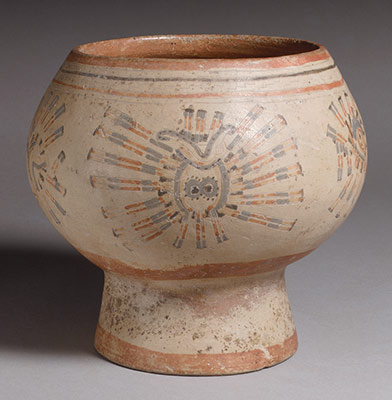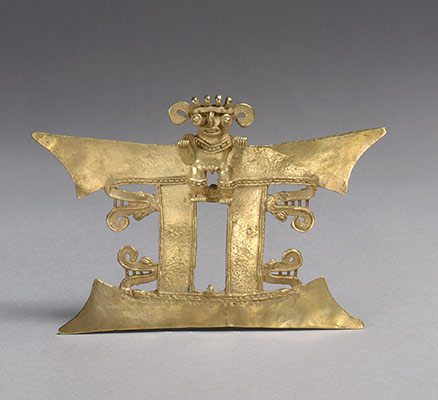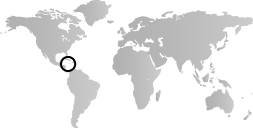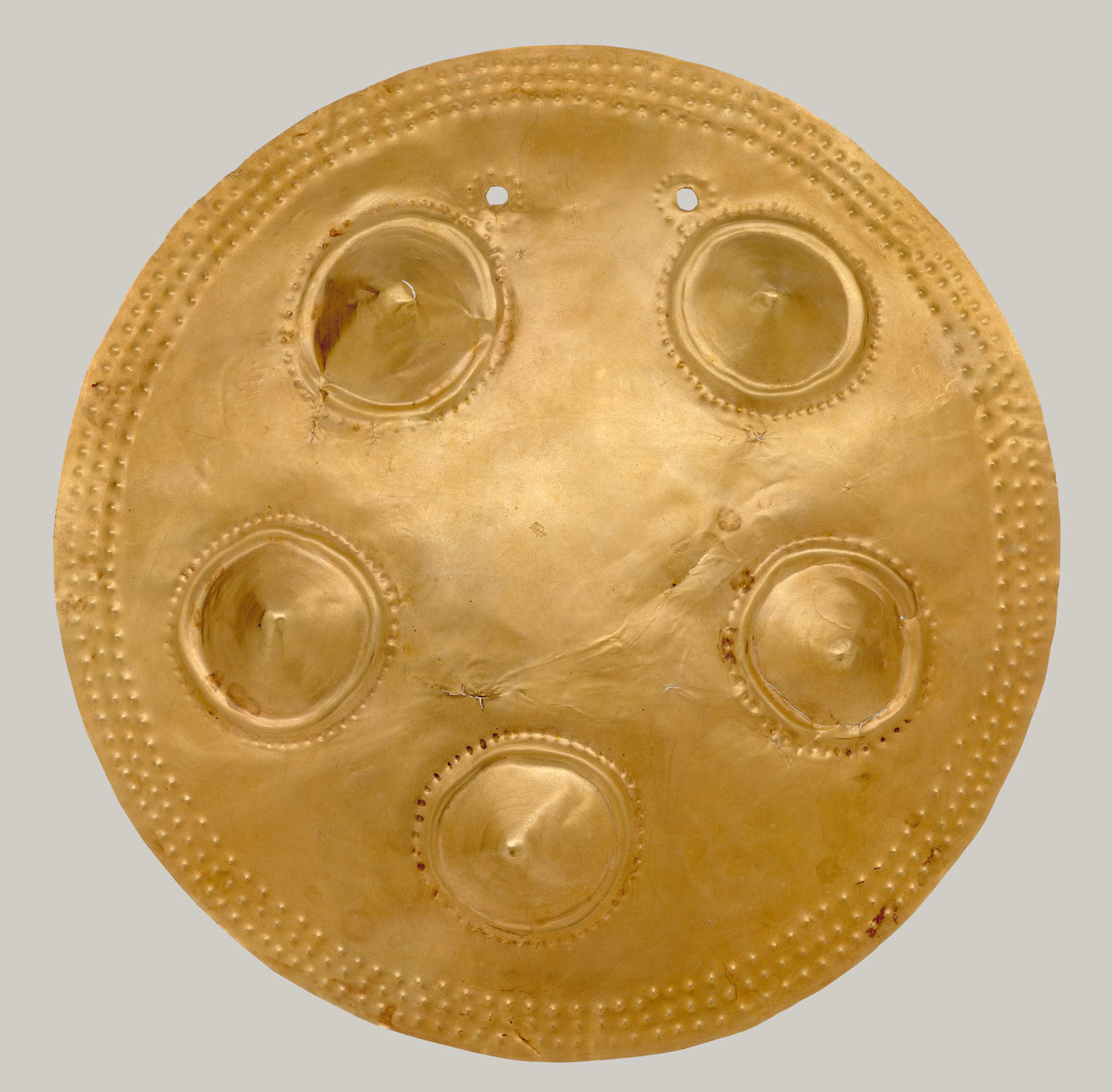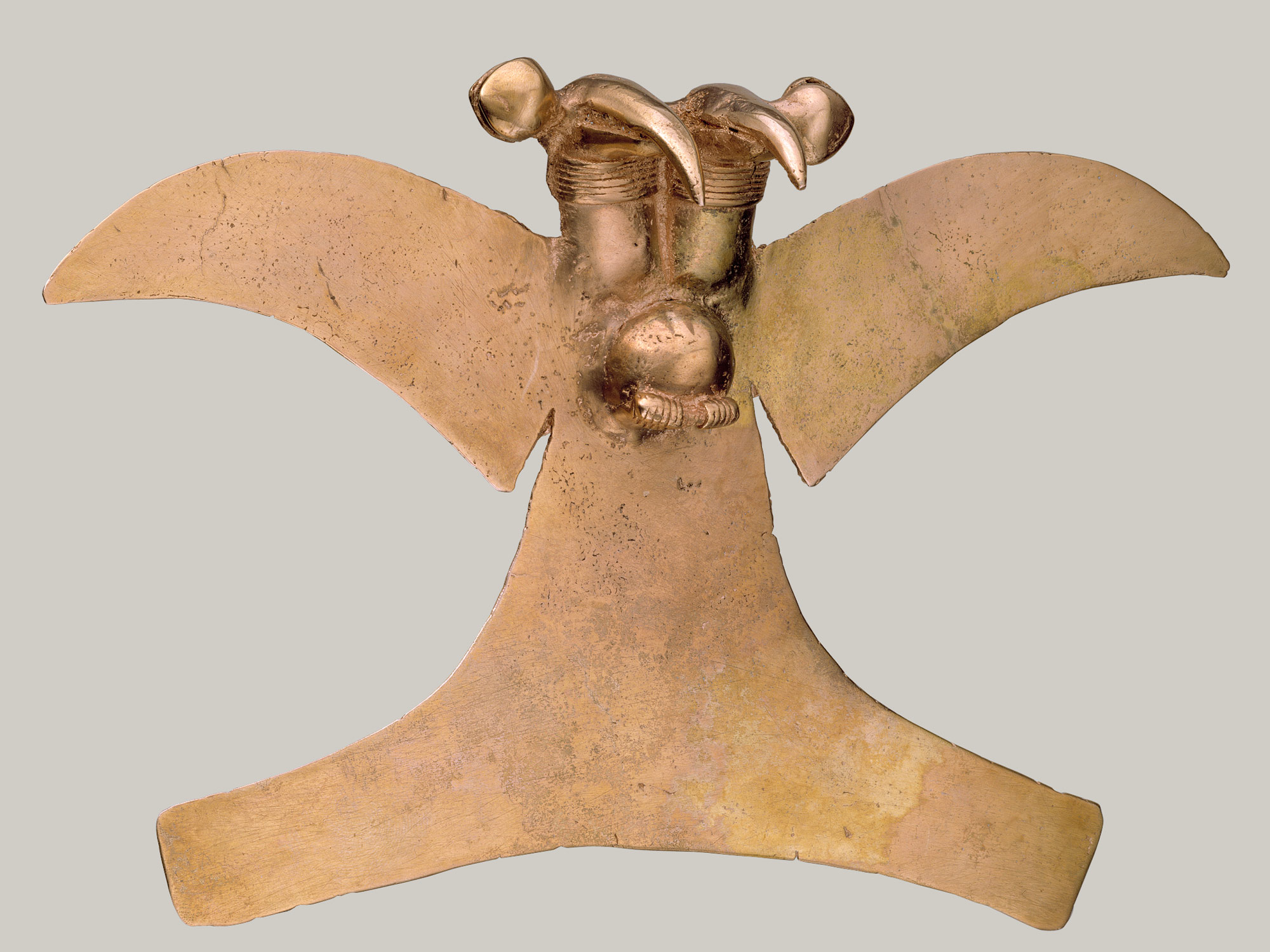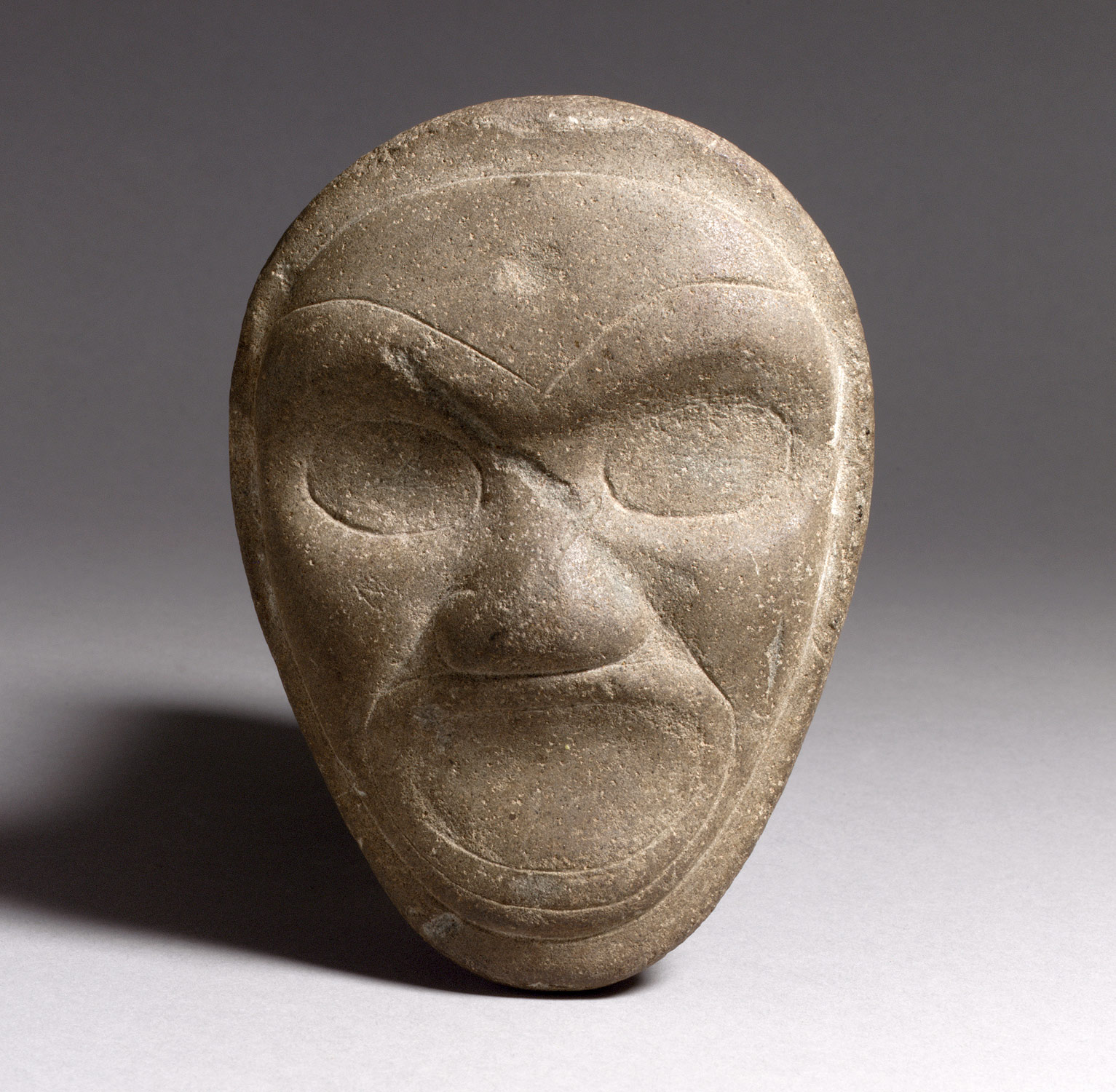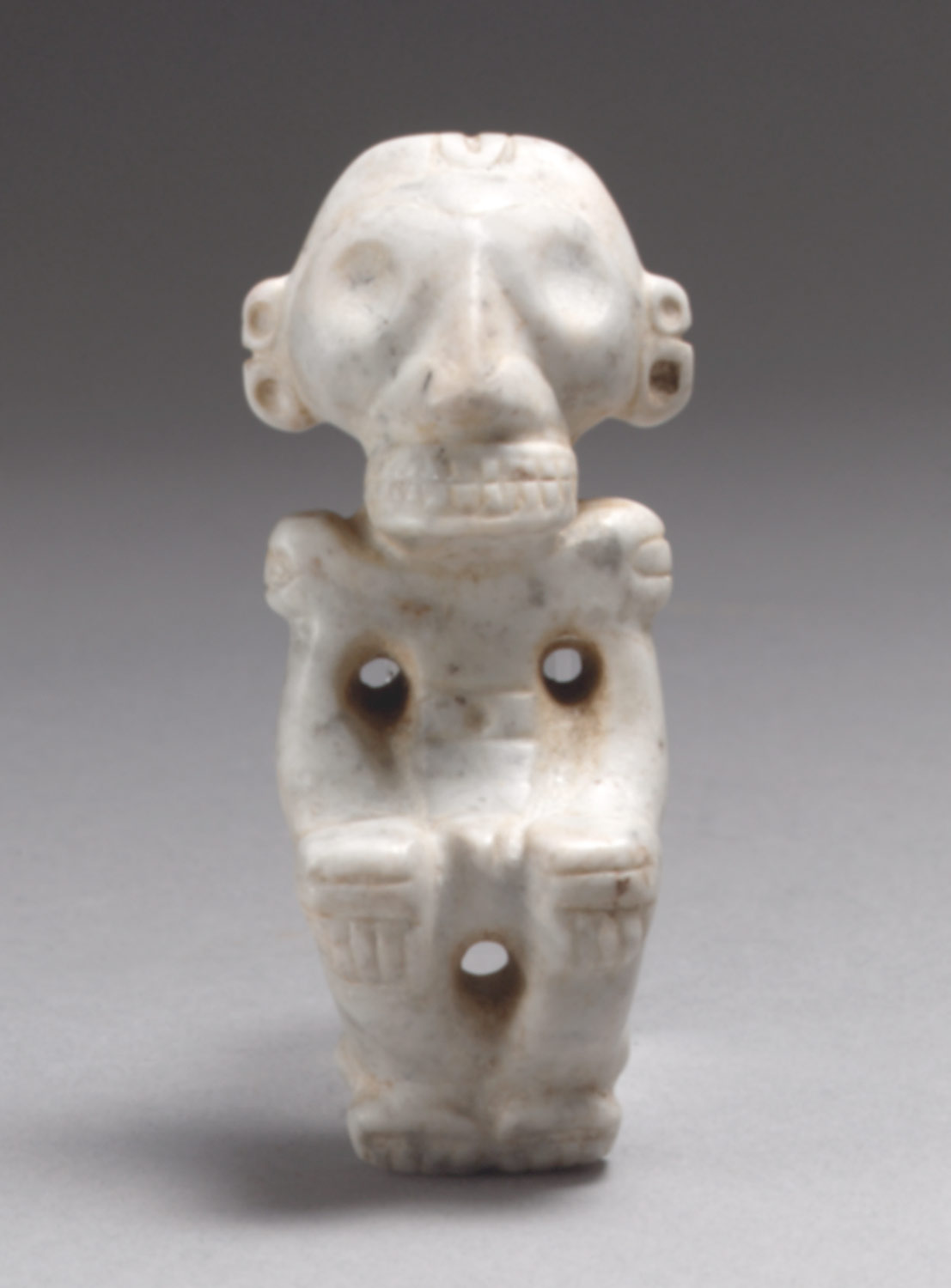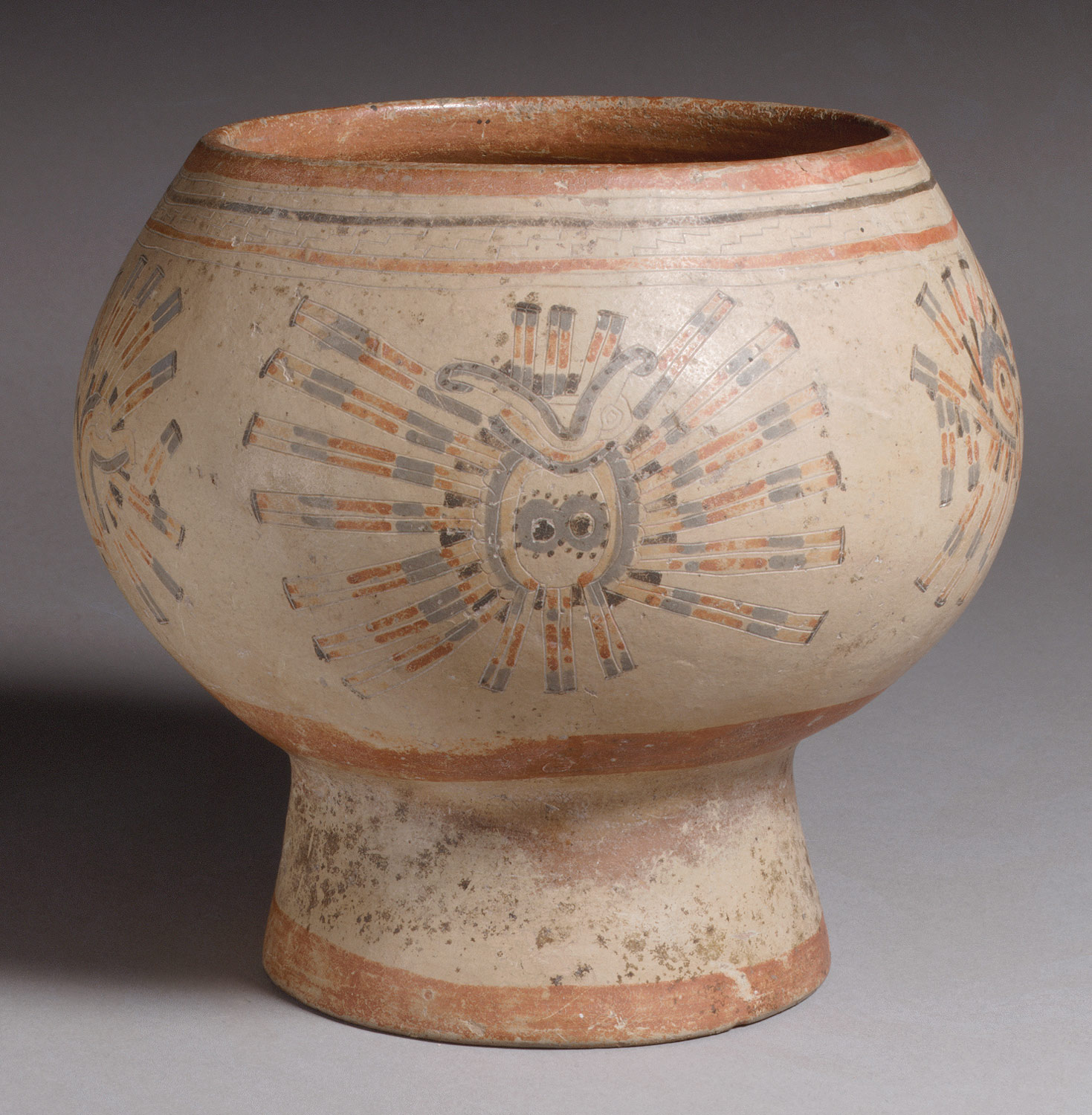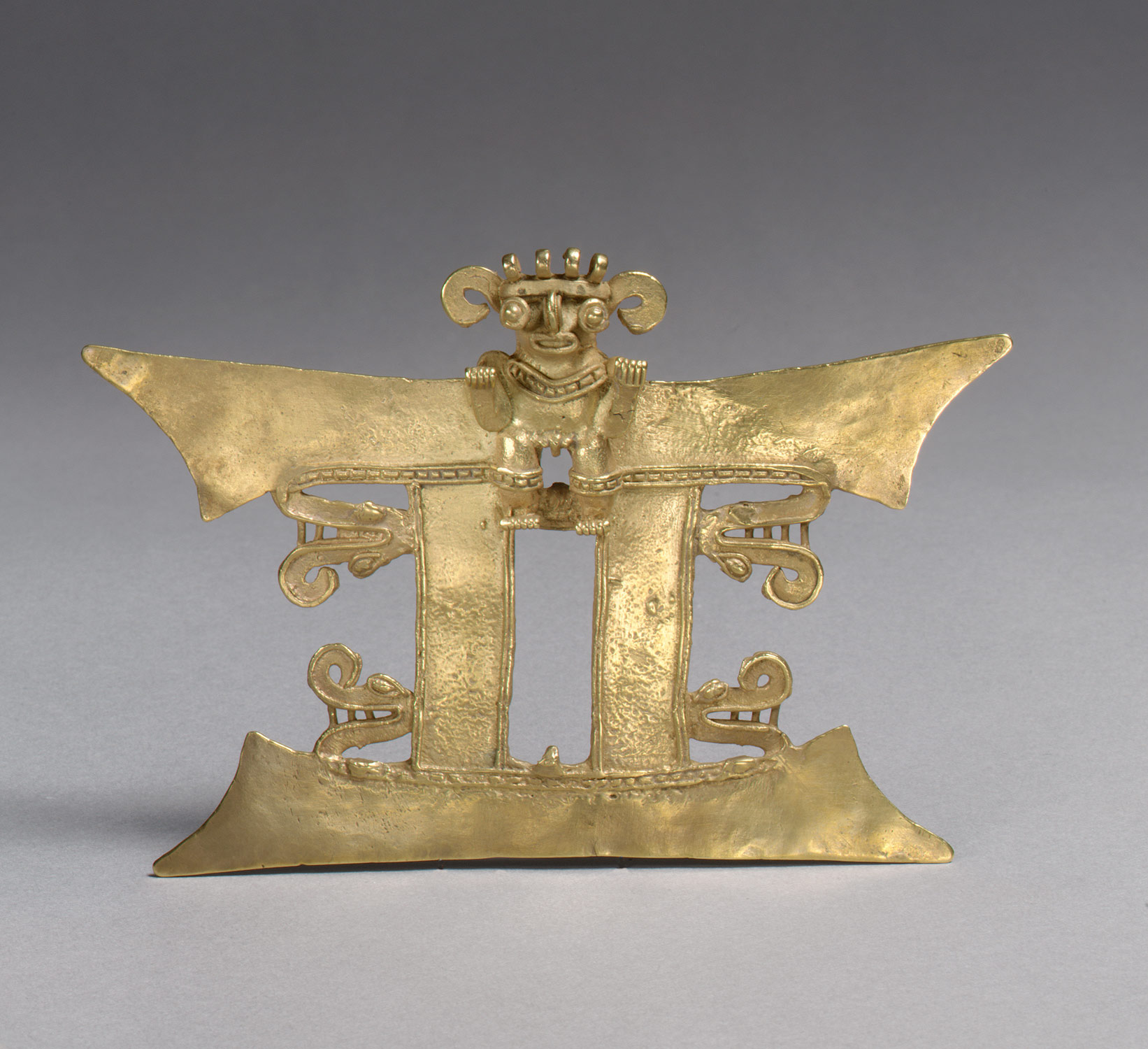Numerous distinct ethnic groups make up the populations. They speak different languages and live in small, dispersed settlements. Chiefdoms, varying in size, are responsible for the distribution of food, oversee trade, and conduct warfare. Spiritual needs are attended to by religious specialists considered to be the repositories of knowledge and possessors of supernatural powers. The production of luxury goods and objects bearing religious images are intimately linked to political and spiritual power. Gold objects continue to display technical and aesthetic sophistication and symbolic complexity.
Europeans arrive, sailing from Spain. Their first contact with native Americans takes place on the islands in the Caribbean Sea. Few Spanish settlements are established in Central America. The area is part of the Captaincy-General of Guatemala.
